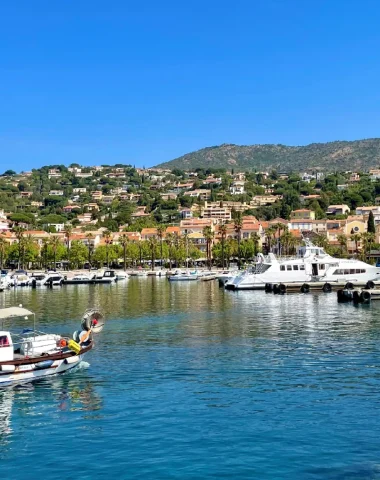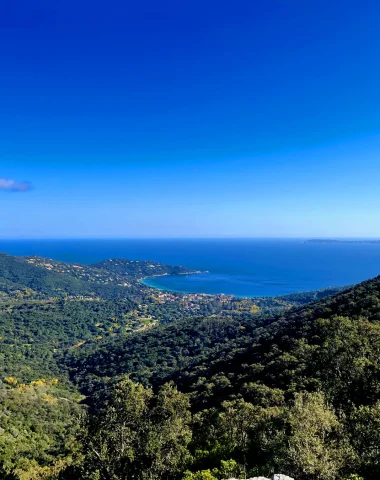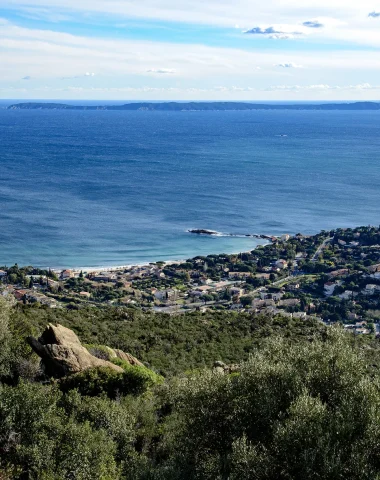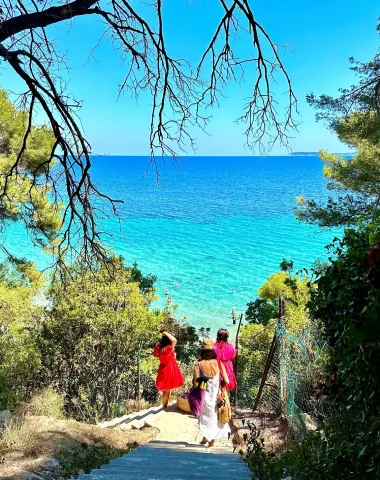Once upon a time, there was a small village typical of the south of France, nestled between the sparkling blue of the Mediterranean Sea and the green hills of the Var, Le Lavandou, a small hamlet at the time of the medieval village of Bormes-les-Mimosas. Discover the whole history of Le Lavandou, how this fishing village of Bormes-les-Mimosas became the commune of Lavandou. Back in the past…
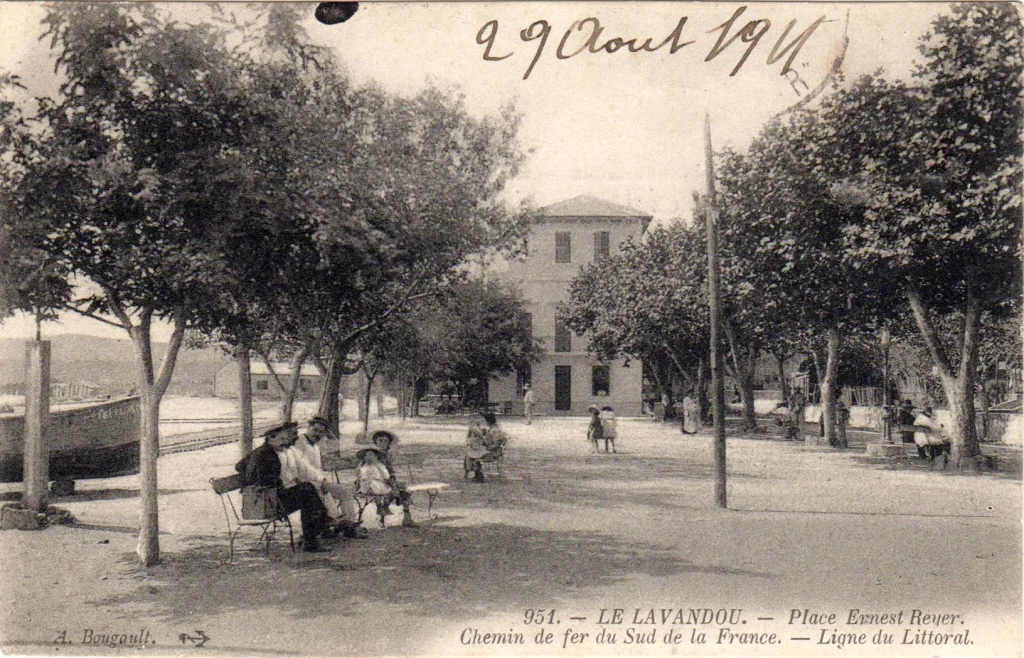
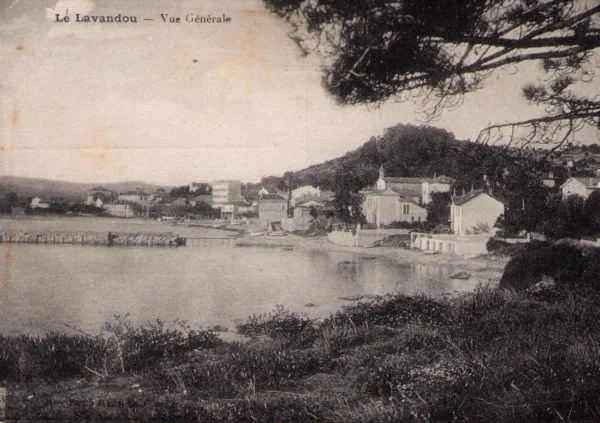
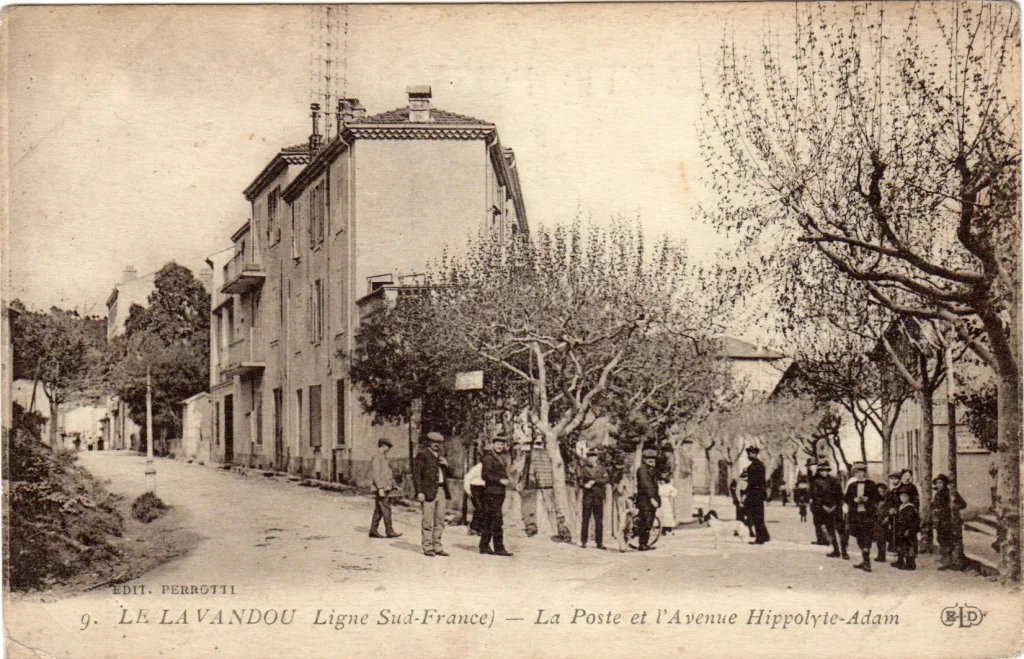
The history of Lavandou,
fishermen village
Lavandou does not have a very distant origin. Its first inhabitants, Genoese and Catalan fishermen, founded the commune of Lavandou, attracted by the lure of a sea particularly full of fish.
Le Lavandou, a small hamlet dependent on the village of Bormes-les-mimosas, was elevated to the rank of commune in 1913 when the village had only 776 inhabitants including 150 “Pescadous”.
It is then the first fishing port in the Var! A recent commune, since it is 100 years old, Le Lavandou today has 6 inhabitants.
Today, there are only around ten fishermen left. A little tour of history through the hamlets of Lavandou…
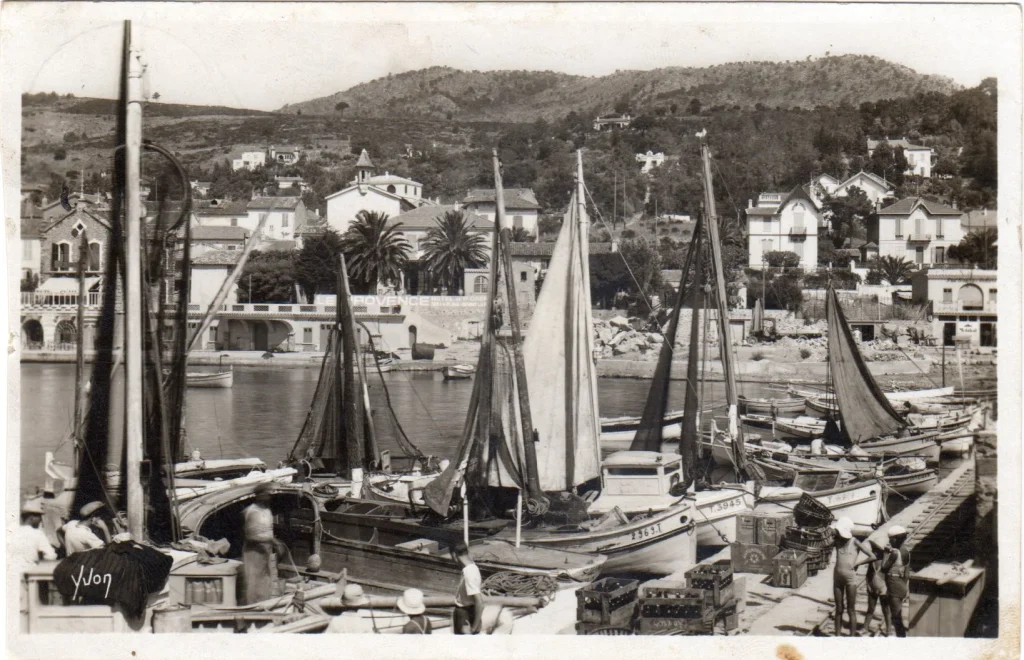
Le Lavandou,
in the heart of the village
Called “Lavandour” in 1736, the town had only around ten fishermen's houses. The Vieille stream allowed its inhabitants to wash their laundry and dishes, hence the origin of the word “Lavadou” and by decomposition, “Lavandou” a few years later.
Saint-Clair
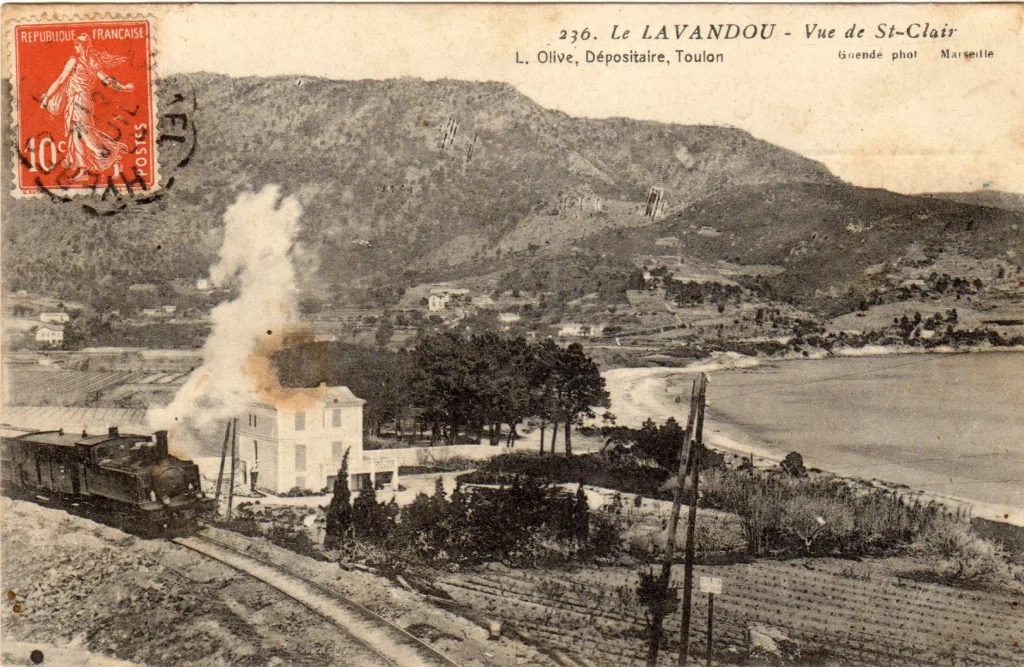
This small hamlet of Lavandou, which is very popular today for its beach, was also popular for its chapel and its Romérage. The district and the beach owe their name to the old chapel dedicated to St Clair de Vienne, hermit then abbot of Saint-Marcel-de-Vienne, who died in 660.
The dimple
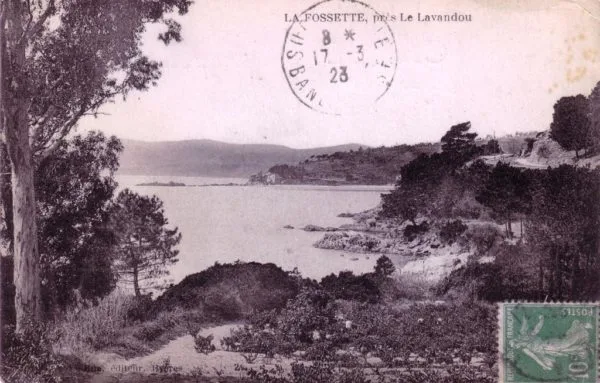
It was from the small wild beach of La Fossette that General Giraud set sail with the help of the fisherman Jules Crest to reach North Africa at the time of the landing in 1944.
Aiguebelle
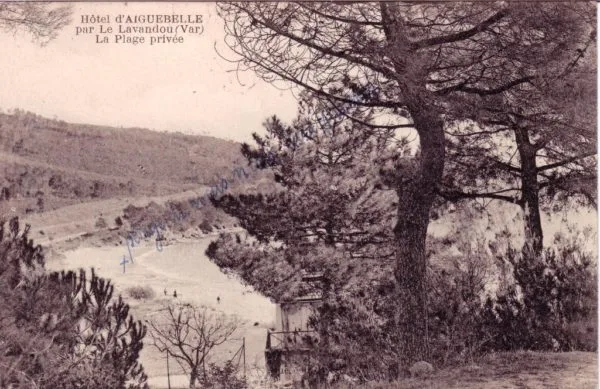
Colonel Pinault was a friend of Ange Podda. He lived his last years at the Beau Soleil hotel. Died in 1960, he is buried in the Lavandou cemetery.
Horsewoman
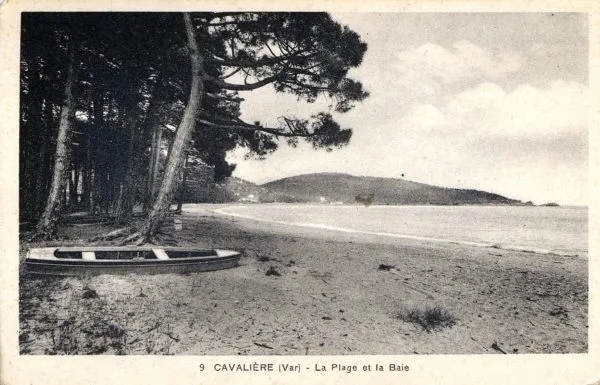
It was in Cavalière, a hamlet in the commune of Lavandou, that the Greeks most probably established the station of Alconis, this station became during the Roman peace the sweet Alcône, a luxury residence and favorite place of the Latins on this enchanting coast.
Pramousquier
The last small beach in the town to the east of Cap-Nègre, Pramousquier was just an expanse of vineyards and agricultural land. On the night of the landing on August 15, 1944, the African Commandos climbed the rocks of Cap Nègre in Pramousquier. A plaque in their memory is installed there.
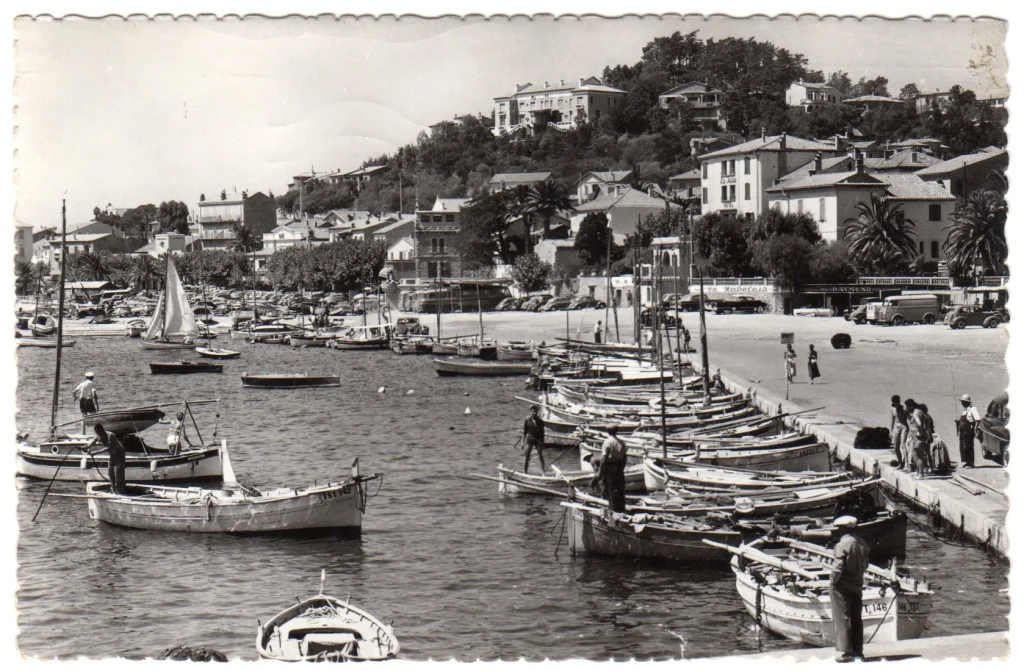
The Port of Lavandou
The port was built in 1880. In 1855 there were 30 fishing boats. The fishermen of Lavandou caught 134 kilos of fish, which was the highest figure in the Var!
The Castle becomes
the House of Lavandou
Mr. Honnoraty had “his house” built a few meters from the water, drawing inspiration from an architectural style undoubtedly inherited from the shores of Lake Garda. The stones come from Tourris and some walls measure more than 80 cm thick. Its construction, completed in 1881, would have lasted 40 years! A great traveler and lover of Lavandou, this apothecary and herbalist from Toulon often set sail from Lavandou to the island of Port-Cros in search of medicinal plants.
We owe him in particular the acclimatization of Kaki in France. In the past, the sea reached the foot of the Château and the elders of Lavandou remember swimming there in the room on the ground floor.
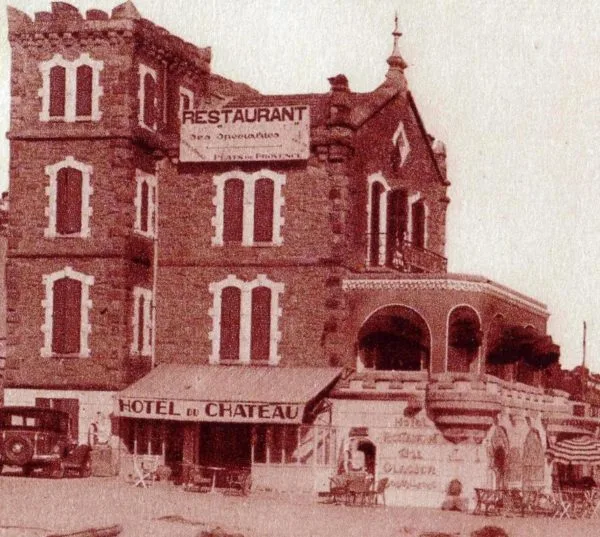
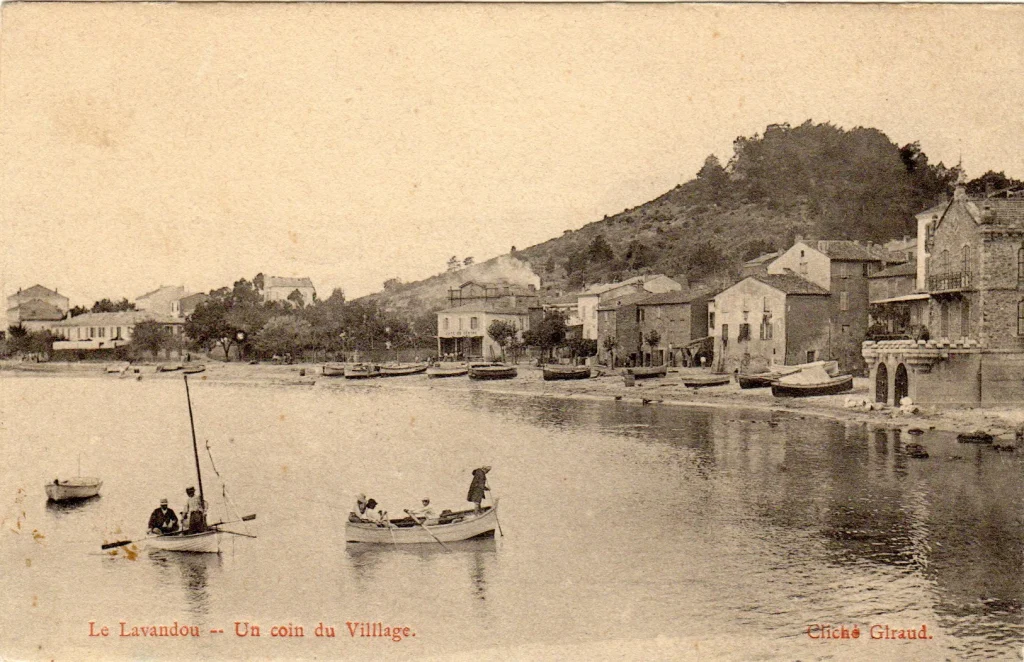
(Giraud)
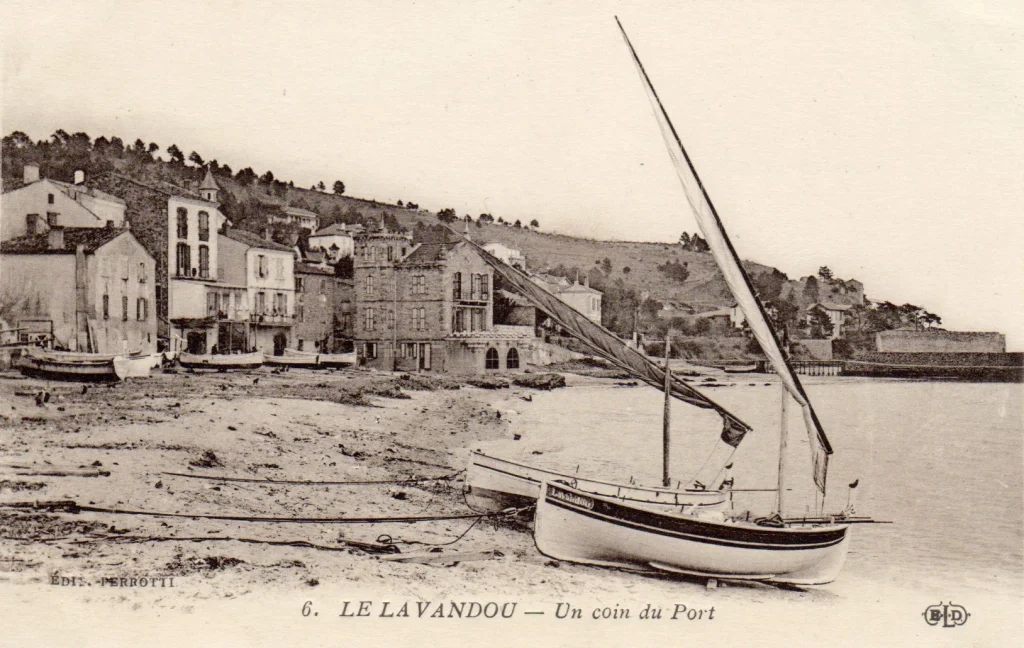
(Ed. Peirotti)
We find him on all the old postcards and he is undoubtedly the emblematic figure of Lavandou. “The Castle” as we call it here, sits proudly on the Quai Gabriel Péri, facing out to sea just like the islet of fishermen's houses which now constitutes the heart of Lavandou of yesteryear. The Lavandou Tourist Office is now located in the “Maison du Lavandou” and welcomes you there all year round.
History of Lavandou
in a few dates
1939 – 1945
1939-1945: Whether they are Sailors, Soldiers or Resistance fighters, the people of Lavandou actively participate in “The phoney war” fighting against the enemy on the seas and oceans, on the fronts, in the Maquis.
On November 6, 1942, General Giraud, led by a local fisherman, clandestinely boarded an English submarine “Le Seraph” which was waiting for him less than 1 mile from Pointe de La Fossette. The submarine drops off its passengers in Gibraltar.
On November 8, the English, Americans and Free French Forces landed in North Africa.
-On November 11, 1942, Germans and Italians invaded the free zone.
On the 12th, Italian soldiers and Ovra arrived at Le Lavandou.
In October 1943, the German army and the Gestapo occupied Le Lavandou. The repression was merciless and a large number of Lavandourains, Resistance fighters from the 1st Company of the FTP of Provence “Brigade des Moors”, were deported.
On the night of August 14 to 15, 1944, at midnight, the troops of the African Commandos landed on the Lavender coast and climbed the steep rocks of Cap Nègre à Cavalière under the deadly gusts of the occupier. The Landing in Provence has just begun.
The African Commandos are the first to set foot on French soil, helped and guided by local Resistance fighters. Shortly after, French and allied troops landed on the Var beaches.
1926
1926: Creation of the first Tourist Office on October 20, 1926 by Mr. Emile Merlange.
1914- 1918
• 1914-1918: The “Great War” carried away in its whirlwind of horror and massacres the children of Lavandou whose names are forever engraved in the marble of the War Memorial at the Square des Héros.
1913
In 1913: The Lavandou district gained the status of a commune independent of that of Bormes. The law establishing Le Lavandou as a commune was promulgated by President Raymond Poincaré on May 25, 1913.
1881
In 1881, the National Sea Rescue Society was established in Lavandou.
1794
In 1794, a certain Bonaparte, a still little-known artillery general, inspected the Lavandou and Brégançon batteries.
1706
In 1706, a very strong Anglo-Dutch squadron, made up of 66 vessels and 34 transports, commanded by Admiral Showel anchored between the islet of Bagaud and Cape Bénat. Then it was a period of relative tranquility until the Revolution. Le Lavandou and its surroundings were not spared from the revolutionary turmoil.
1674
In 1674, Le Lavandou (Le Lavadou) was already mentioned in the departmental archives of Draguignan. The parish registers provide information on the evolution of the population: 1831: 146 inhabitants / 1906: 776 inhabitants. / 2001: > 5300 inhabitants.
1529
•In 1529, as already in 730 and 1393, the Moorish corsairs plundered the region and burned Bormes. Ten years later the fleet of Charles V, commanded by the Genoese Admiral André Doria, destroyed what little the Barbarys had left.
1481
In 1481, King Louis XI was seriously ill in his castle of Plessis-lès-Tours. His doctor Coittier having exhausted the resources of Science, the King charged one of his faithful, Guinot de Bussières, to seek out the Calabrian hermit François de Paule, famous for his miracles. Yielding to the entreaties of the Holy Father and the King of Naples, requested by Louis -tour and arrived in 1482 at Lavandou with two monks and envoys from the King of France. The Saint, leaving his ship, disembarked on a rock at the water's edge, leaving behind him the imprints of his footsteps and his pilgrim's staff (at least that's what the local belief claimed! This " relic", located a few meters from the "Castle", was covered by sand then disappeared in 1955 under the development of the seafront promenade). Before continuing his journey, the Saint headed for Bormes, which he delivered from the plague. 1524 The troops of the Constable of Bourbon heading towards Toulon laid siege to the castles of Bormes and Brégançon and ravaged the surroundings of Lavandou.
1376
In 1376, She who became Lady Catherine of Siena, was bringing Pope Gregory XI from Avignon to Rome, when a strong storm forced the ship to leave in the bay of Sanary. The Holy Father refused to disembark and continued despite the danger. Catherine continued her journey by land and went to Toulon where she performed a miracle. Escorted to the gates of the city by the grateful population, she embarked at Le Lavandou where the papal galley must have anchored.
The Administrative Birth of Lavandou
The commune of Lavandou will be 110 years old in 2023!
Originally Le Lavandou was a district of the commune of Bormes but in 1909 it became appropriate to demand municipal autonomy. The Council of State adopted the bill establishing Le Lavandou as a commune on February 20, 1913. This Law, voted on March 27 by the Chamber of Deputies and adopted by the Senate on May 20, was promulgated by the President of the Republic, Raymond Poincaré, May 25, 1913. At the end of a long process of autonomy begun in 1909, Le Lavandou gained the status of a commune independent of that of Bormes. The Government separated from the commune of Bormes all the territory between the Pointe de Gouron in the West, the Fontalde ravine in Pramousquier in the East and the Môle River in the North, i.e. approximately 2975 hectares.
From Lavadou to Lavandou!
Barely 70 years ago, only Provençal was spoken in our village. How could we then have made the word Queirélé that of Lavandou? We already find mention of Le Lavadou in 1674, in the departmental archives of Draguignan and what seems most certain is written in “Le Trésor du Félibrige” by the great Provençal writer and poet Frédéric MISTRAL (Nobel Prize for Literature in 1904). We read on page 195 of the 2nd volume: Lavadou, LAVANDOU (Var): Synonym of the word “Lavoir”, the place where we wash, where we beat the laundry.
The Lavendour, east wind “blows hard”.
The Lavandou Town Hall has a painting by Charles Ginoux which represents the hamlet of Lavandou in 1736 where we see, in the foreground, the wash house where the fishermen's wives washed their clothes on large flat stones.
The Coat of Arms of Lavandou
Description in heraldry!
Left to the dexter Gules with a lion Or, langued and vilené Gules, surmounted by a crown Or, accompanied in chief and base by a burelle vived Azure and sinister Azure with three dolphins d money stored in pale. The shield stamped with a masonry crown surrounded with gold. The Lavandou coat of arms was created in 1950 by the Mayor at the time, Mr. Marius DORIE. Heraldic description by Mr. Gérard Tomasetti, member of the Heraldic Institute of Friborg (Switzerland)










